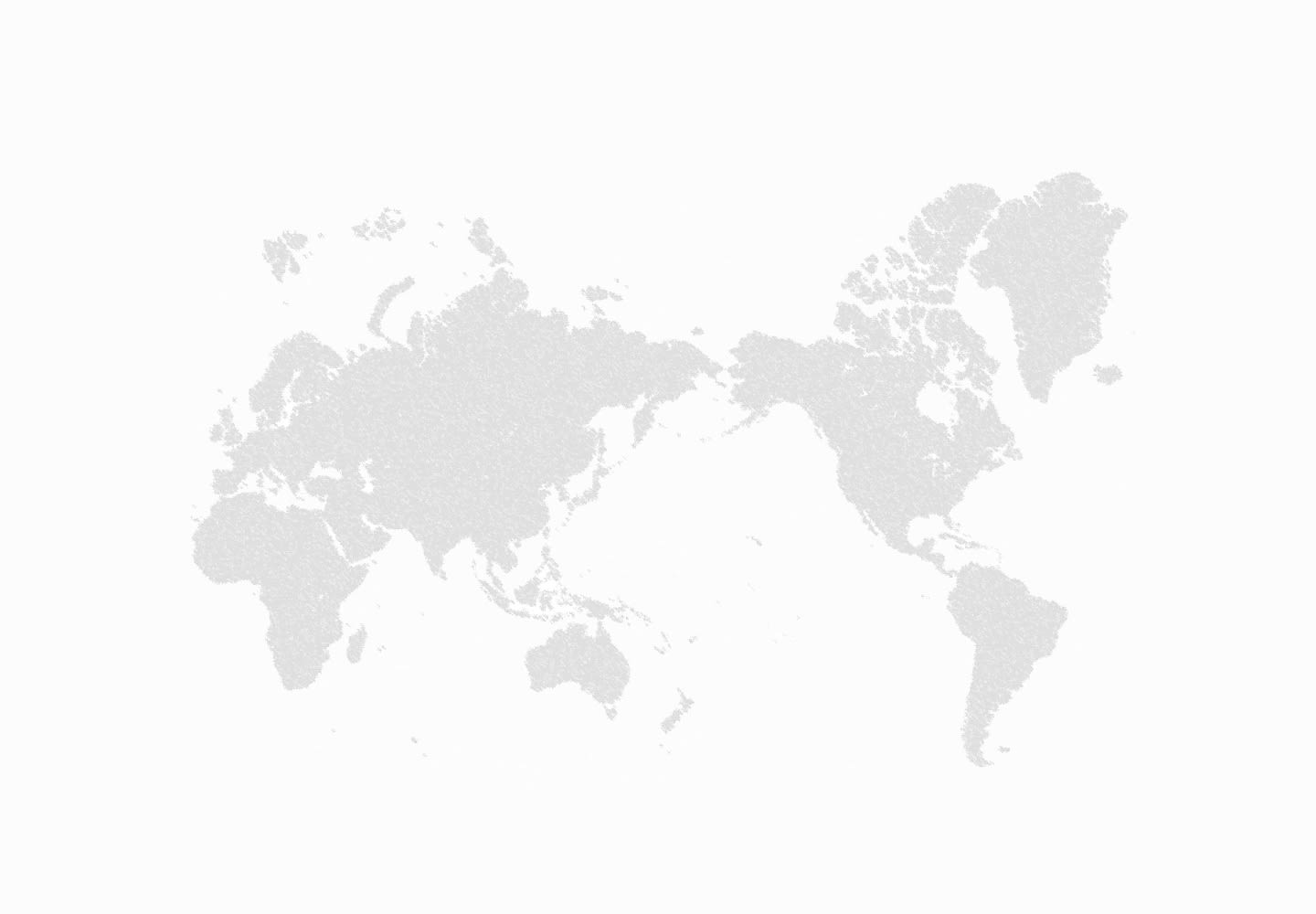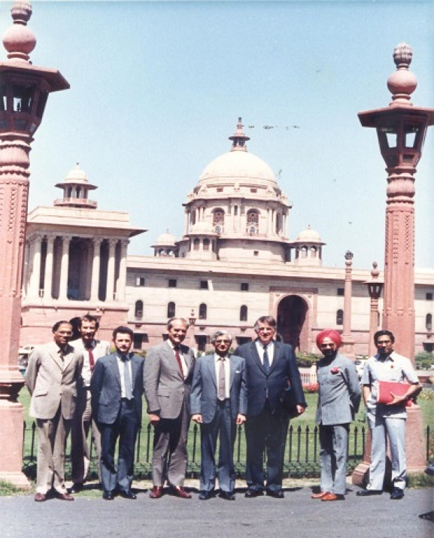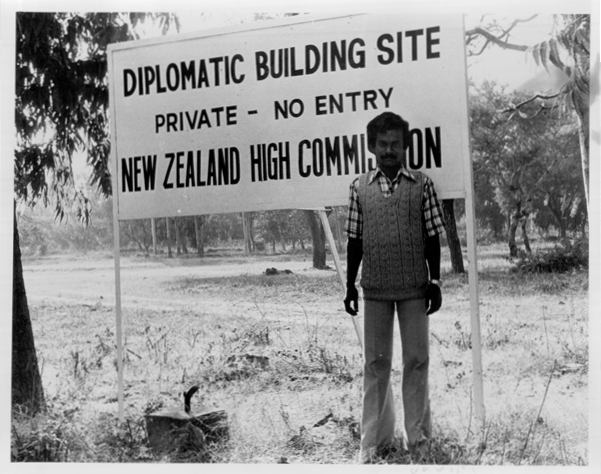
New Delhi
Our Story
New Zealand High Commission in India
Colombo and the Commonwealth
India and New Zealand have had a shared connection dating back to the eighteenth century, when Indian sailors visited on-board ships from the British East India Company. These bonds were strengthened during World War Two when New Zealand forces fought alongside their Indian counterparts in campaigns across Northern Africa and Italy. However, it was the formation of the Colombo Plan, in 1950, and the changing nature of the Commonwealth that resulted in New Zealand formally establishing diplomatic relations with India and opening a High Commission in New Delhi on 6 December 1958.
The Colombo Plan drew its inspiration from the success of the Marshall Plan in rebuilding Europe after World War Two. It was foreseen that the Colombo Plan could replicate the same success in Asia. The Colombo Plan was never intended to be a multilateral aid organisation but was instead described by its original motto to be a plan “for cooperative economic and social development in Asia and the Pacific.” New Zealand at the time had no diplomatic presence in South and South East Asia, so it searched for large projects to which it could contribute. One such example was the decision of the government, led by Walter Nash, to contribute $1 million to the establishment of The All India Medical Institute (or AIMRI – All-India Medical Research Institute) in New Delhi. New Zealand’s contributions to the Colombo Plan were exemplified through capital aid, the funding of projects and the supplying of vital equipment and technical assistance, with a focus on education and training. One beneficiary of New Zealand’s technical assistance was Dr Verghese Kurien, who, under the Colombo Plan, studied plant design and dairy engineering at Massey University before returning to India where he founded Operation Flood to transform India’s burgeoning dairy industry. The dairy industry connection was sustained through the 1960s and 1970s with New Zealand training and technical equipment assistance provided to the National Dairy Research Institute at Karnal.
Climbing to New Heights
Edmund Hillary
Recalling his appointment as New Zealand’s High Commissioner to India in 1984, Sir Edmund Hillary remembered asking what he was supposed to do as High Commissioner; “Do whatever you think best,” was the reply from then Prime Minister David Lange. And with that advice, Sir Edmund was tasked with re-opening the New Zealand High Commission in New Delhi. This had been closed due to a political decision.
Sir Edmund was seen as the perfect person to help restore ties with India. He was a major celebrity in the country, having been the first man to climb Mt Everest, together with Sherpa Tenzing Norgay. In the 1960s he had also established the Himalayan Trust in Nepal, through which extensive and valued assistance continues to be given to the Sherpa people in the education and health sectors.
During Sir Edmund’s time as High Commissioner (1985-1989) he oversaw a substantial warming of relations with India. In 1986 Indian Prime Minister Rajiv Gandhi, who enjoyed an exceptional relationship with Prime Minister David Lange, visited New Zealand. Prime Minister Gandhi’s visit resulted in the signing of several agreements (a double taxation treaty and the New Zealand/India Trade Agreement). Still, writing in a cable to Secretary of Foreign Affairs Merv Norrish in 1986, Sir Edmund was more sceptical of his own abilities as High Commissioner.
"I expect I’m a pretty lousy Ambassador in the professional sense but feel I am warmly received in India (and most other countries to tell the truth) and this could possibly be of benefit to the New Zealand image overseas.”
An Unlikely Celebrity
While Sir Edmund Hillary is renowned as the most famous person to represent New Zealand in India, another High Commission staff member also became an unexpected celebrity. Babu Gomez was, for a period, known as “New Zealand’s man in India”, as he was paid about $2000 a year to guard the site of the future High Commission building, the construction of which had been stalled when Prime Minister Robert Muldoon closed the mission in 1982. The story of Babu Gomez touched the hearts of many New Zealanders, one of whom was future Prime Minister David Lange who, after assuming the role of Prime Minster, got to know Babu during his visits to India and saw him employed as the High Commission’s chief chowkidar (caretaker/watchman). The New Zealand Herald reported that when Lange returned to India in 1998 for his son’s wedding, he learned of Babu’s recent retirement and ensured that he would live out his future years in comfort. David Lange aptly summarised Babu Gomez’s role in a New Zealand Herald article in 2004.
“He had been a loyal servant of New Zealand and he had had a hard life. He was the only political sign of New Zealand's presence in India and he was living in a hut ... in a vacant field in the biggest democracy of the Commonwealth.”


